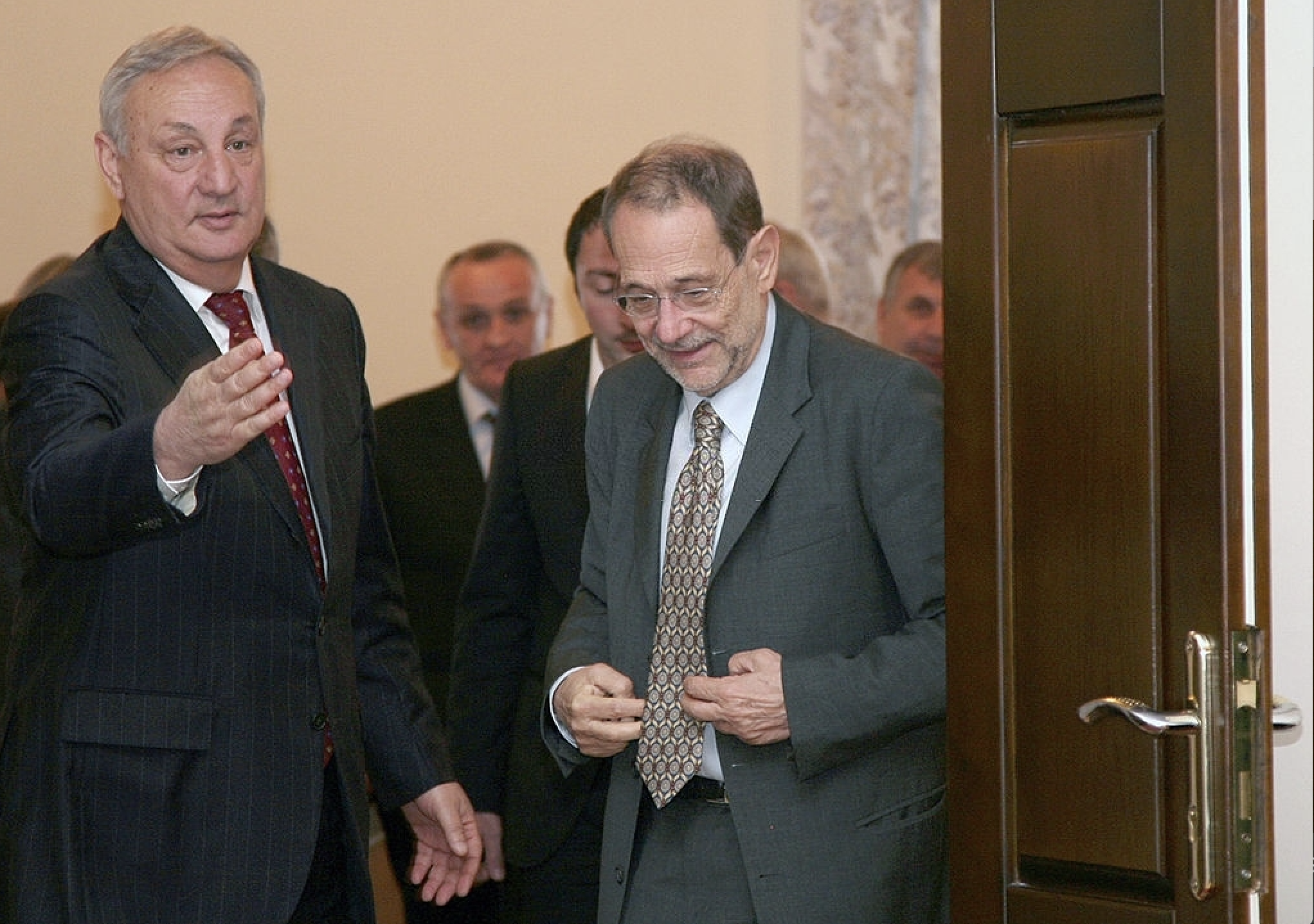"Saakashvili wanted to begin with Abkhazia" - Opinion on the August 2008 War, by Inal Khashig

JAM-News — In Abkhazia, the last 15 years have been associated August 8th with the beginning of the war in South Ossetia. While this date is not officially marked on the calendar, it is implicitly understood as a day of remembrance and mourning.
Per established tradition, on this day the leaders of the republic visit the South Ossetian embassy in Abkhazia to express their support and sympathy for the Ossetian people. The republic’s television invariably airs a chronicle of those events, and in the media and social networks, politicians, military personnel, and ordinary citizens share their recollections.
Residents of the republic are convinced that the war could have happened to Abkhazia. At any rate, a sense of its inevitability hung in the air from the moment Georgian forces entered the Kodor Gorge in July 2006—the only territory of the republic not controlled by Abkhaz authorities at that time.
Back then, President Mikhail Saakashvili, addressing soldiers stationed in the gorge remarked: “From here to Sukhum it’s just forty kilometers,” hinting quite openly at his subsequent plans.
These hints grew more direct until they evolved into an actual threat. Throughout this period, the Georgian army actively mobilized, numerous foreign instructors trained its personnel, and Georgian politicians and media vowed that Georgia’s territorial integrity would be restored in the near future.
+ Remarks on the Georgian – Russian conflict of August 2008 and on Abkhazia (1995), by John Colarusso
+ Wikileaks, South Ossetia and the Russian "reset", by Hans Mouritzen
+ The view from Abkhazia of South Ossetia ablaze, by Paula Garb
+ The EU Report: Little and Late, by Patrick Armstrong
From March 2008, Israeli-made Georgian reconnaissance drones started flying over Abkhazia. The Abkhaz armed forces managed to shoot down several of these drones, and the writing was on the wall.
European politicians also understood it all. Clearly, they did not desire a new war in the region during that time. High-ranking delegations frequented Sukhum. Within a short period, Denmark’s Foreign Minister Per Stig Møller, Germany’s Foreign Minister Frank-Walter Steinmeier, and the EU High Representative for Common Foreign and Security Policy, Javier Solana, all visited here.

Sergey Bagapsh meets with EU foreign policy chief Javier Solana in Sukhum.
They proposed various solutions to the Georgian-Abkhaz conflict, including addressing Abkhazia’s socio-economic issues through the creation of a support fund, all with the ultimate goal of Abkhazia becoming part of Georgia.
It’s evident that this unprecedented activity by European diplomats was prompted by Mikhail Saakashvili’s aggressive behavior. By urging the Abkhaz to be more compliant, they hoped to avert war.
However, Saakashvili apparently deemed that initiating the process of “territorial integrity restoration” in Abkhazia was too risky. He shifted his focus to South Ossetia instead. And on August 8, 2008, the powder-keg blew.
Crisis in the Caucasus The full documentary is at: https://youtu.be/Q6gqgHGqIP8 by Journeyman Pictures.
Russia, which was clearly irritated by the Georgian leader, assisted the Ossetians in putting up resistance.
The Abkhazians also took advantage of the unfolding situation and resolved their own issue – they liberated the Kodor Gorge with minimal casualties.
And two and a half weeks later, Moscow recognized the independence of Abkhazia and South Ossetia.
But how we all managed this newfound independence – that’s a topic for a separate conversation.
First published on JAM-News